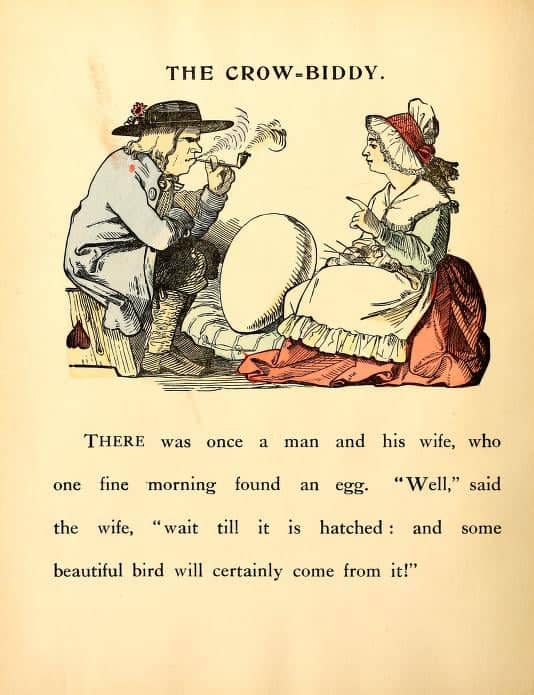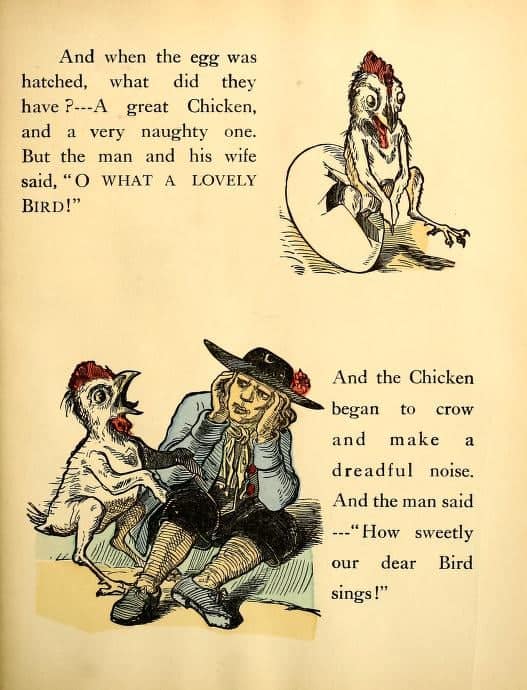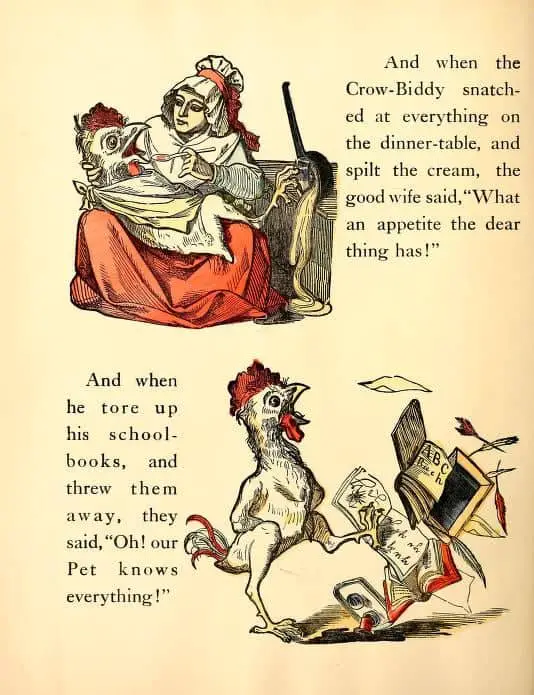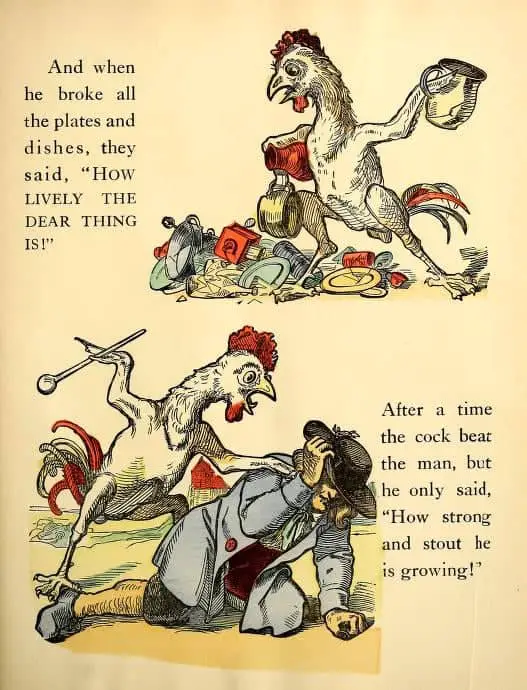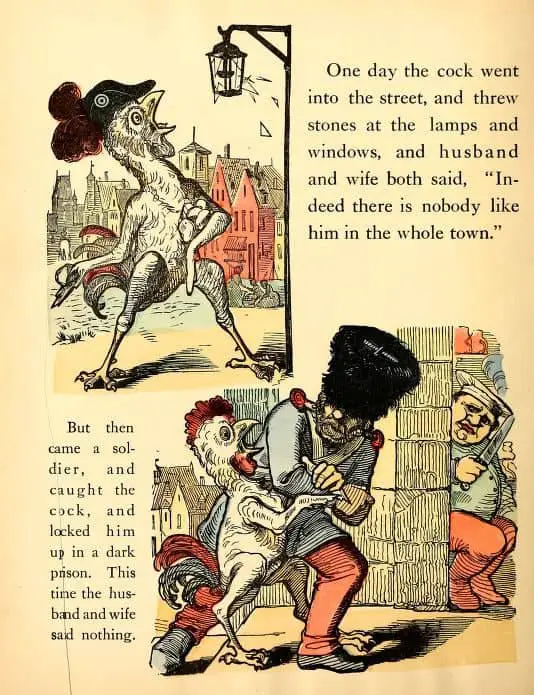American methods of child-rearing were far more lenient than in Britain.
Although American ladies’ journals began to promote slenderness and weight control for women in the 1890s, it wasn’t considered necessary to restrict the diet of children.
Medical experts advised parents to make sure their children — particularly boys — were not underweight. Between-meal snacks and fatty foods were encouraged.
Home was thought of as a refuge from the outside world.
Children were believed to be innocent rather than inherently sinful.
Indulgence was preferred over strict discipline.
Children were considered ‘priceless’. They were given allowances, had lavish birthdays, were allowed treats such as candy bars, ice-cream and Eskimo pies.
American children were allowed fruit, salads, oysters, johnny cakes, toast swimming in butter, fish, flesh and game at breakfast, jellies and ices at night, tea and coffee. (In England children were eating bread and milk in the nursery.)
American children were treated as ‘robust and confident’ whereas British parenting was watchful and anxious.
English family stories (especially those for girls) had little appeal for American children and didn’t do well across the Atlantic.
Since American children were allowed to eat, American children’s literature from this time isn’t quite so full of food fantasies as it was in England at this time. (More food fantasies appeared later, during WW rationing in the mid 20th century.)
Notes from Peter Sterns via Carolyn Daniel
